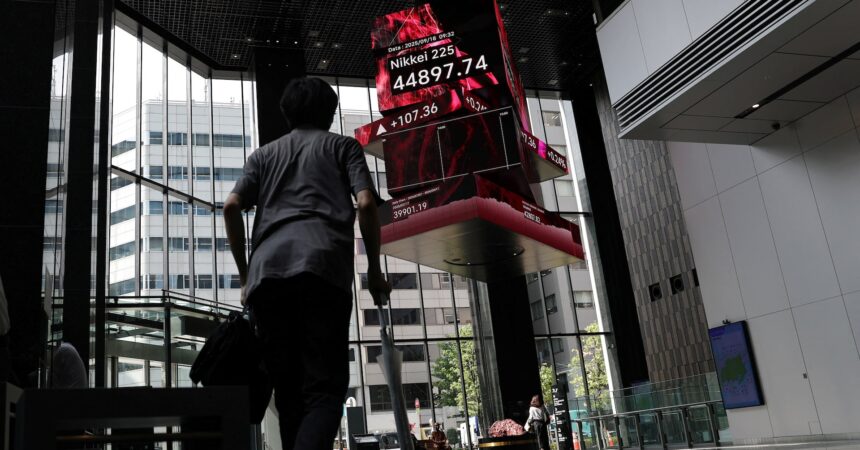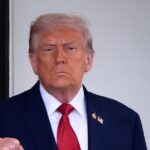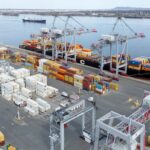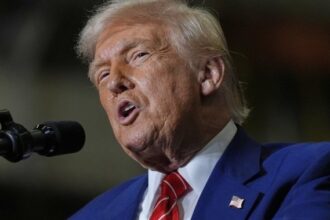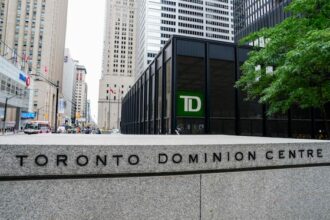Asian markets plummeted Friday as investors grappled with escalating fears of steep tariffs under a potential Trump administration, sending ripples through global financial systems already on edge.
The Nikkei dropped a staggering 5.8% — its worst single-day performance in over four years — while Hong Kong’s Hang Seng Index fell 2.4% and mainland Chinese markets followed suit with significant losses. These dramatic moves came after Donald Trump doubled down on his promise to implement sweeping tariffs if elected president in November.
“What we’re witnessing is markets finally pricing in the very real possibility of aggressive trade policies,” said Marcus Teng, senior portfolio strategist at Pacific Capital in Vancouver. “The 60% tariff threat against China and 10-20% globally isn’t just campaign rhetoric anymore — investors are taking it seriously.”
The dollar strengthened to a two-month high against major currencies as investors sought safe havens, while commodity markets showed significant stress. Oil prices dipped below $68 per barrel on fears that tariffs would dampen global growth and reduce demand.
The ripple effects reached Wall Street, where futures indicated a lower opening following Thursday’s sell-off that saw the Nasdaq drop 1.8%. Tech stocks, particularly those with significant Chinese supply chain exposure like Apple and Nvidia, bore the brunt of investor concerns.
“This isn’t just about China,” explained Priya Sharma, chief economist at Global Trade Analytics. “A broad tariff policy would fundamentally reshape global trade patterns and inflation trajectories across all major economies.”
The market turbulence comes as the Federal Reserve navigates its rate-cutting cycle, with investors now questioning whether potential tariff-induced inflation might force a slower pace of monetary easing. Interest rate futures now reflect diminished expectations for aggressive cuts in 2025.
Bond markets reflected the uncertainty, with 10-year Treasury yields climbing as investors recalibrated inflation expectations. Gold, traditionally a safe-haven asset, initially jumped before settling back on dollar strength.
For Canadian markets, the implications are particularly acute. The S&P/TSX Composite fell 1.2% in early trading, with export-dependent sectors facing the steepest declines.
“Canada finds itself in a precarious position,” I noted in my analysis for CO24 Business. “With approximately 75% of our exports destined for the U.S., even modest tariffs would significantly impact economic growth projections.”
European markets weren’t spared either, with the Stoxx Europe 600 declining 1.7% as auto manufacturers like Volkswagen and BMW faced heightened uncertainty about their U.S. export markets.
Corporate earnings guidance has already begun reflecting these concerns. Several multinational firms have noted potential tariff impacts in their forward-looking statements, creating additional volatility as investors struggle to price these new risks.
The International Monetary Fund warned that widespread tariffs could reduce global GDP by 0.3-0.8% and accelerate inflation by 0.2-0.9 percentage points, depending on implementation specifics.
For investors, the challenge remains navigating a landscape increasingly dominated by political risk. Traditional market fundamentals now compete with electoral uncertainties as drivers of asset prices.
As markets adjust to this new reality, one thing remains clear: volatility will likely persist through November’s election and beyond, as global trade relationships face their most significant test in decades.

